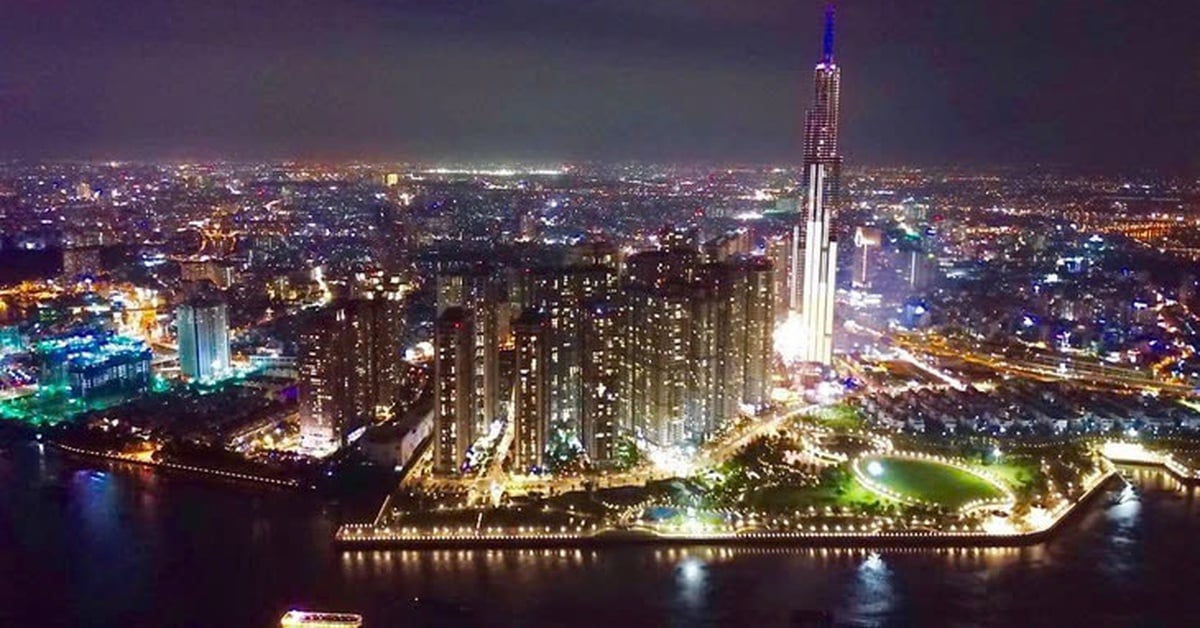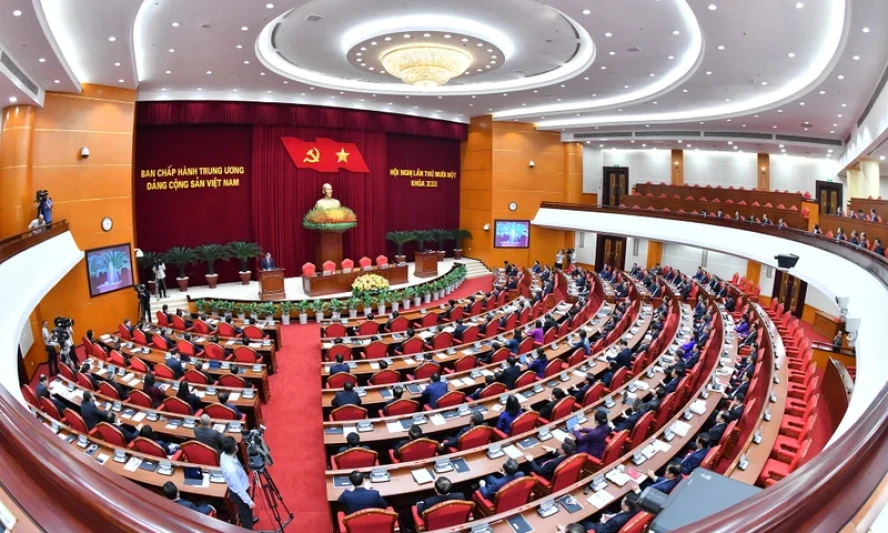
Dalat is a dreamy city in the hearts of tourists - Photo: MV
Merging provincial administrative units, not organizing district level, rearranging commune level, and implementing 2-level locality model are correct policies to create a larger development space, mobilize and use resources more effectively.
New boundaries and place names not only improve management efficiency but also preserve the cultural, historical and economic values of places, especially in the tourism sector.
Places with media value and brand value
Our country currently has two "cities within cities", Thu Duc in Ho Chi Minh City and Thuy Nguyen in Hai Phong; 87 cities in provinces. With no district-level administrative units, some places plan to change the name of "city" to the name of a ward. Many familiar names will be lost and replaced with new names or in numerical order, which has caused many conflicting opinions.
For example, if the name "Da Lat city" is no longer used, even though it is expected to have a "Da Lat ward", this will fade the image of the "city of flowers", "dreamy city" in the hearts of tourists.
Similarly, Phu Quoc city is a place name that has been deeply imprinted in the minds of international tourists. If this name is lost, it will more or less lose part of the value of communication and tourism promotion that has been built up over many years.
This is not just an administrative change, but also affects brand value that has been built over generations.
Many cities in other provinces such as Long Xuyen, Chau Doc (An Giang), Rach Gia, Ha Tien (Kien Giang), Cao Lanh, Sa Dec, Hong Ngu (Dong Thap)... all have their own historical, cultural and economic values.
In particular, the Northern and Central provinces with a thousand-year history of civilization, the names of administrative units are associated with place names that carry the sentiment and pride of "names of land and people". These place names need to be preserved in conjunction with brand recognition in tourism and local economic development.
Experience in organizing cities within cities when merging and naming new administrative units
In many developed countries, the organization of "cities within cities" is flexibly selected, ensuring both effective management and preserving cultural and historical values. Berlin and Hamburg (Germany) have the "Stadtbezirk" model, allowing a large city to have many autonomous areas, while still retaining historical names such as Charlottenburg, Kreuzberg or Spandau.
China has a similar approach, with major districts in Shanghai such as Pudong and Huangpu retaining famous areas such as "Old Shanghai" or "Sujiang" to promote tourism value.
Vietnam can completely reorganize its administrative units in a streamlined manner, while still retaining the place names. Provincial-level cities that are converted to ward-level cities must keep their original names.
There should be a naming plan that combines serial numbers and traditional names to ensure convenience in management while maintaining brand value.
Before deciding to change the name, there needs to be full research and extensive consultation with the community and experts on the impact of the change on the economy and tourism.
We should not apply a rigid administrative model but rather be flexible, respect the wishes of the people, and at the same time preserve local identity.
In particular, places with strong brands need to be protected to avoid causing unwanted impacts on communication, promotion, tourism investment, and the emotions and pride of local people.
Source: https://tuoitre.vn/ten-don-vi-hanh-chinh-moi-tac-dong-den-du-lich-viet-nam-20250401225454508.htm




![[Photo] Closing of the 11th Conference of the 13th Central Committee of the Communist Party of Vietnam](https://vstatic.vietnam.vn/vietnam/resource/IMAGE/2025/4/12/114b57fe6e9b4814a5ddfacf6dfe5b7f)


![[Photo] Overcoming all difficulties, speeding up construction progress of Hoa Binh Hydropower Plant Expansion Project](https://vstatic.vietnam.vn/vietnam/resource/IMAGE/2025/4/12/bff04b551e98484c84d74c8faa3526e0)
















































































Comment (0)